Invasive species, those creatures that have succeeded in leaping out of their original environment into a foreign habitat are becoming more and more of an environmental problem. In many ways the problem of invasive species is one that is becoming as difficult to solve as global warming or pollution. Most of these invader species are animals that have managed to hitch a ride on the international and intercontinental traffic and trade that we humans have developed. Once established in new habitats without their natural predators to keep their numbers in check these trespassers can squeeze out native species often causing economic as well as environmental damage.

In this post I’d like to discuss two species that have recently been spotted in new ecosystems and for whom there are now efforts underway to eradicate the new colonies before they spread too far. One of the species you may never have heard of but I’ll start with the one who’s gotten a bit of press coverage because it has a ‘Murder’ nickname.
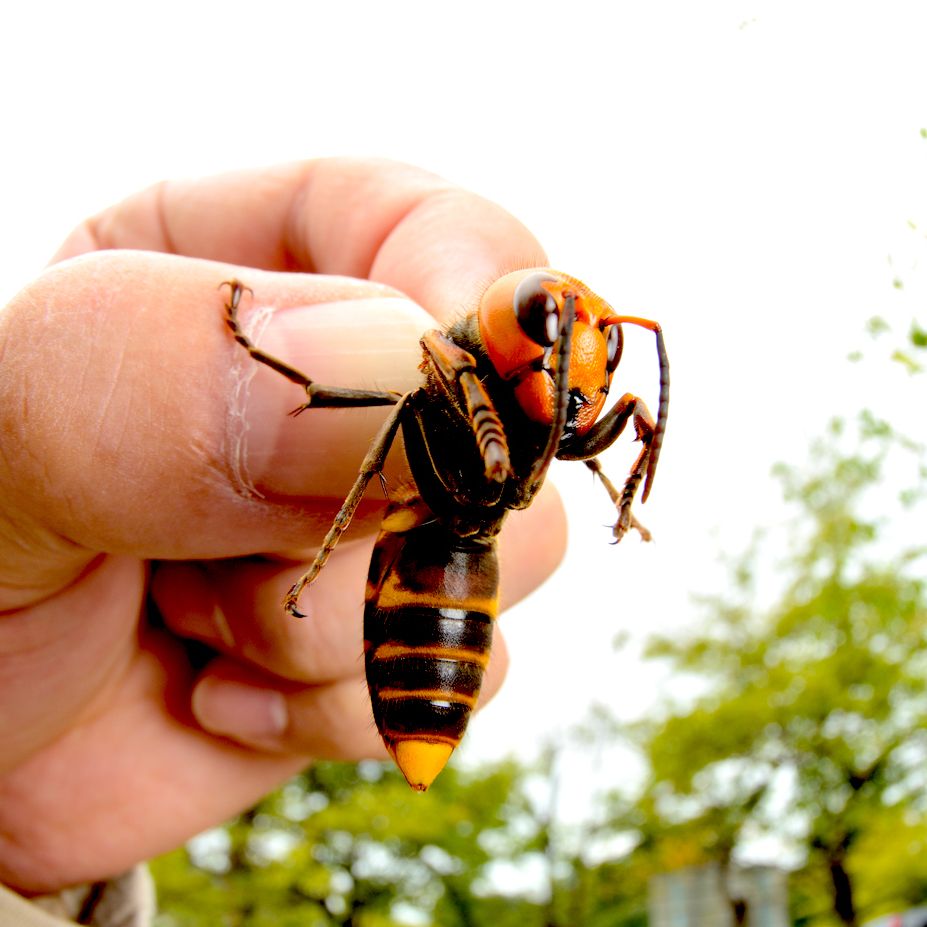
And Asian Giant Hornets, now commonly referred to as Murder Hornets do in fact kill around one hundred human beings every year. At a size of 45mm in length their 6mm long stinger is quite painful and when you add in their venom the sting of a dozen or so can often prove lethal. It’s not human beings who have the most to worry about from these monsters however; it’s their insect relatives the honeybees that are most in danger.

Taxonomically the Asian Giant Hornet, Vespa mandarinia is the largest member of the genus Vespa, the true hornets. Native to East Asia, South Asia and Southeast Asia they are a predatory species that hunt medium to large sized insects, particularly bees, other hornets and mantises. With its large crushing mandibles a single Murder Hornet can decapitate 30-40 honeybees a minute and a score or more of the hornets can wipe out a hive of thousands of bees in just a few hours. While the adult Giant Hornets feed by sucking out the juices of their prey the whole carcass is fed to their larva, who digest the proteins to build their own bodies.
Now the Asian Giant Hornet is invading North America, specifically the Pacific Northwest region including British Columbia and the state of Washington. The first sighting came in August of 2019 when three hornets were found on Vancouver Island. Those three were traced back to a nest that was then destroyed. That did not end the threat however as more than a dozen other sightings were made over the next year cumulating in the discovery of a large nest in a tree in Blaine, Washington. When that nest was destroyed it was found to contain over 500 hornets, including 200 queens.
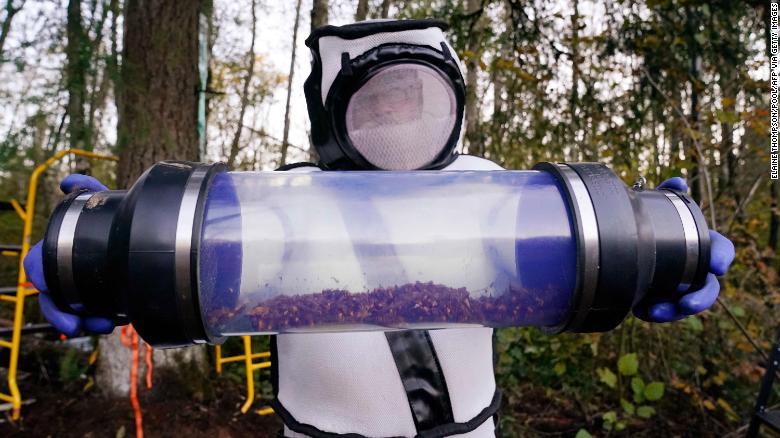
So the odds are that there are other Asian Giant Hornet nests out there as well and that the pest will continue to spread. Beekeepers and farmers in the region have been asked by their Departments of Agriculture to be on the alert and report any sightings. Like most invasive species they have no natural enemies in North American so human intervention is the only way the Asian Giant Hornet is going to be controlled.
There is one good thing to report about the Asian Giant Hornets, they’re supposed to taste pretty good. In Japan the larva are consumed fried while several cultures roast the adults on skewers over a fire. Personally I’d rather not have the opportunity to try one.
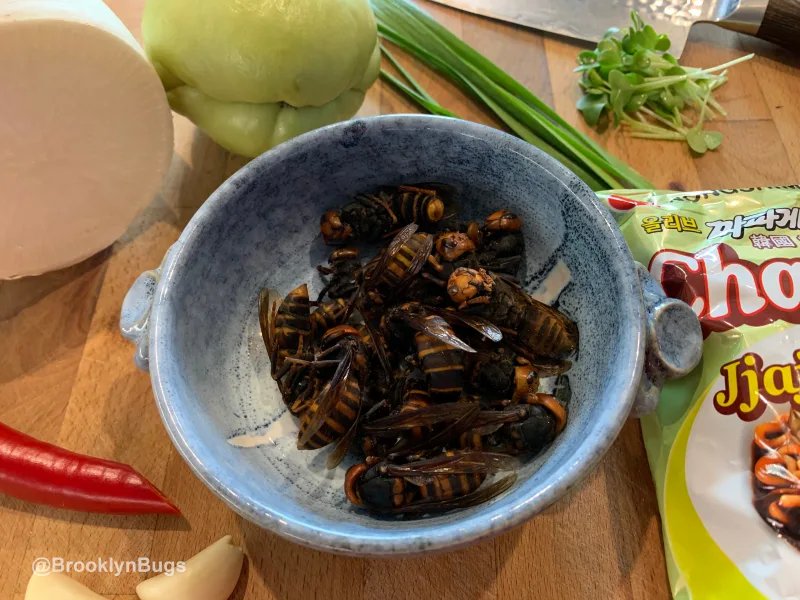
The next invasive species I’ll talk about today is actually one I’ve already discussed in my post of 31May2018, hammerhead worms of the genus Bipalium. In that post I described how these alien looking worms, which are native to Asia, had invaded Southern France and were preying upon the beneficial native worms who help keep the soil fertile by aeration and mixing. In addition to having no natural enemies outside of Asia the hammerhead worms also excrete toxic chemicals through their skin that may not be harmful to humans but which will make any bird who tries to eat one very sick.
As I said in my earlier post these hammerhead worms are spreading across southern Europe, causing a great deal of damage, and now they’re in the United States. That’s right hammerhead worms have been collected in Texas, Illinois and now Georgia. Over one hundred of the creatures have been reported recently in the Atlanta area so there must be thousands going unnoticed.

If these predatory worms continue to spread they could become a real menace to agriculture, but presently we don’t even have a strategy to deal with them. To my knowledge we haven’t even identified how they are spreading across states, countries and continents. Much more research is needed on these invaders before we can even attempt to control, much less eradicate them.
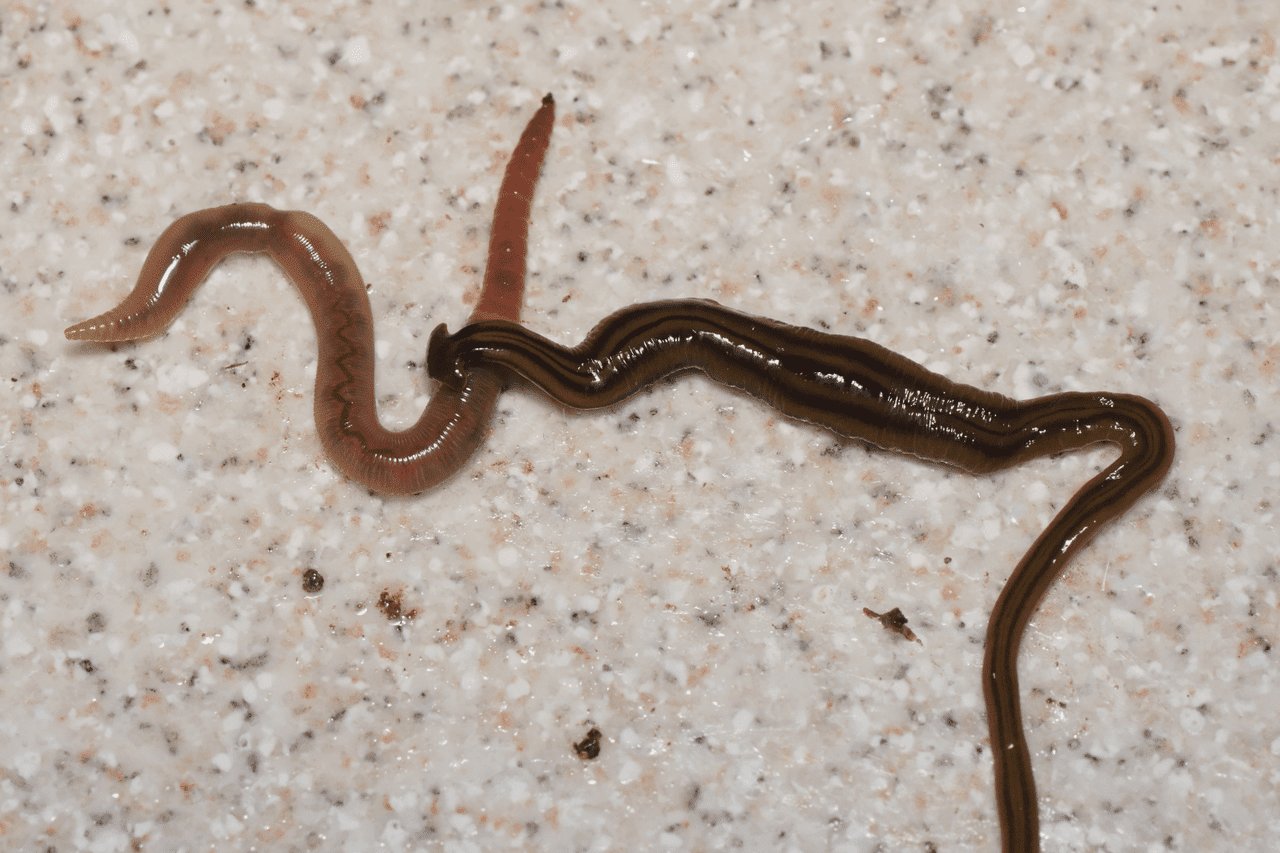
Every invasive species is a Pandora’s box of its own. You can never tell what horrors are going to come out once opened and once they’re let out it’s almost impossible to put them back in.

Extra: No sooner had I finished writing this post than a new study has announced how the Asian Honeybee protects itself from the Asian Giant Hornet. Researchers in Vietnam from the Vietnamese Academy of Science and Technology in Hanoi have observed that whenever a honeybee hive is threatened by a hornet attack the worker bees will gather animal feces and spread it around the entrances to the hive.
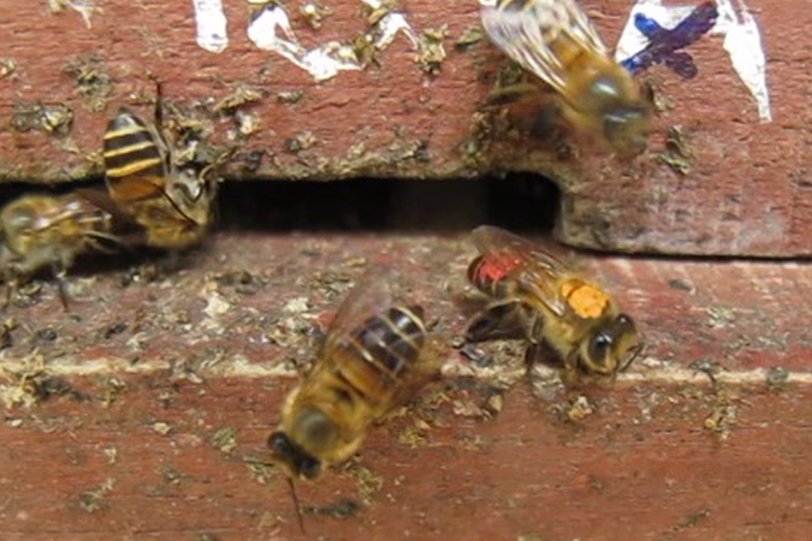
It is currently not known whether the smell of the poop actually repels the hornets or if it simply disguises the smell of the hive confusing the hornets but it certainly does appear to work. This also represents the first discovery of bees using a tool in the wild adding these social insects to the small by growing group of animals that know how to use tools.
Unfortunately the European honeybees that are most common here in the US have not acquired this defensive strategy so the threat posed by the Giant Asian Hornet to American bees populations is still present.
